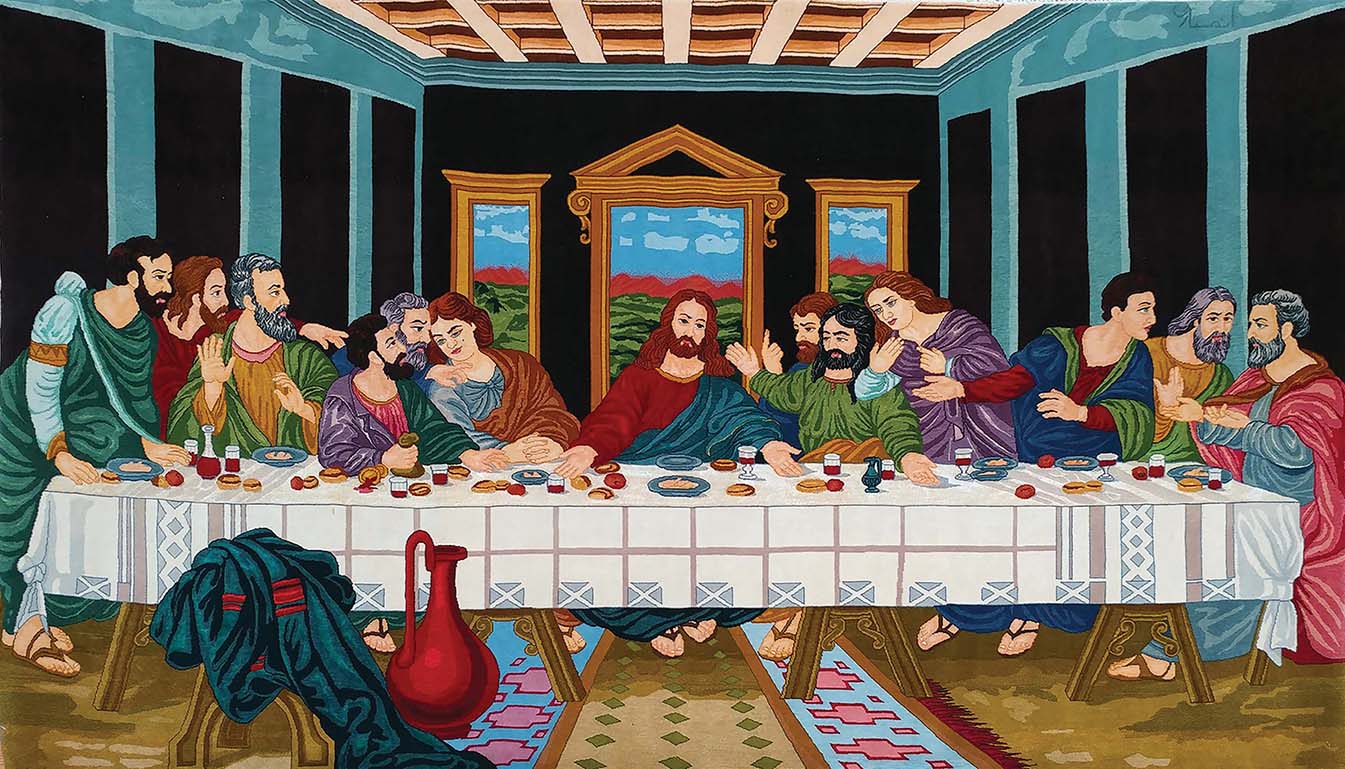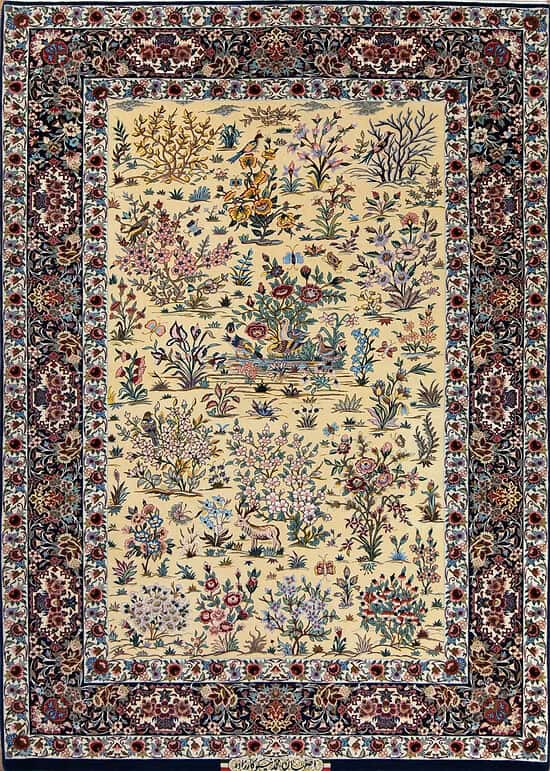
Rugs have been a form of artistic expression for thousands of years. They can be created using various techniques, but it is through the design that they become true works of art. The question of what makes a rug beautiful comes down to defining the meaning of beauty.
Learning to make rugs is a skill that requires both technical knowledge and artistic sensibilities. When students embark on this journey, they are taught not only to weave the fibers together but also to connect with the viewer. For some, this comes naturally, while for others, it can be a more challenging task. However, regardless of innate talent, a successful rug maker must possess a deep passion for the craft. This drive fuels the maker to create new patterns and implement fresh expression ideas through their rugs.
Unfortunately, students who lack this passion can find themselves at a disadvantage. Ultimately, it is the student who develops a strong passion for creating beautiful rugs that becomes a true success in the long run. While there have been attempts to find a formula for creating a lovely carpet, none have been successful thus far. It seems that the ability to create something wonderful is a raw talent that cannot be taught or learned through any formula.
In my opinion, what truly makes a rug beautiful is the time, effort, and story woven into it. Each rug is a unique piece of art that tells a story about its maker. The rug’s beauty lies not only in the colors and patterns but also in the emotions and experiences that went into its creation.
Studies have shown that people are naturally drawn to symmetrical shapes, and this preference is particularly pronounced when the shapes are arranged vertically. This phenomenon is not limited to perfectly symmetrical shapes, as even tribal rugs that do not follow the formal rules of symmetry or color combinations can elicit a positive response from subjects. Interestingly, imperfections or flaws in the design of these rugs can add to their appeal, as they can convey a sense of childlike innocence and elegance that is not present in more formal designs.
What makes these rugs especially captivating is the connection they create between the maker and the viewer. Every fiber of the carpet has been touched by human hands, and the colors have been obtained from plants picked by hand. The wool used to create the rug was sourced from sheep raised by hand, reflecting the deep connection between the maker and the environment. By appreciating the humanity behind each element of the rug, we can gain a deeper understanding of the artist’s perspective and the cultural and historical context in which the rug was created.
In essence, the beauty of these rugs lies not only in their visual appeal but also in the rich stories and traditions they embody. Every rug is a testament to the ingenuity and creativity of its maker, and every flaw or imperfection adds to its unique character and charm.
Rugs are not just a home decor item; they are an art form that connects us to the past and the artists who created them. What makes beautiful rugs so unique is their ability to transport us to a different time and place. When we look at a rug, we can see the threads the artist chose, the colors they selected, and the intricate designs they created. Each rug is a reflection of the artist’s unique perspective and vision.
One fascinating aspect of rugs is that they allow us to connect with artists who are no longer with us. By touching, feeling, and seeing their work, we can appreciate the talent and craftsmanship that went into each rug. The history and story behind each rug are conveyed through the design choices of the maker. When we see a rug from a producer, we are familiar with it; we can understand the message or story that the maker was trying to convey through their design choices.
Some families who produce rugs take their art to the next level by destroying their designs after producing a rug. This makes each rug exclusive and unique to their perspective when it was made. This level of care and attention to detail is evident in the final product. The hard work and care put into each rug by the families who produce them is truly remarkable.
By researching various producers and their stories, we can gain a deeper understanding of beautiful rug design and the inspiration behind each family’s perspective when producing these artful pieces. The more we learn about the history of a rug, the more interesting, beautiful, and intriguing it becomes. The unique stories behind each rug make them a fascinating and valuable addition to any home decor collection.
When creating beautiful rugs, there are two prominent approaches – the scientific approach of symmetry and the human approach of simplicity. The scientific approach focuses on creating rugs that are perfectly balanced and symmetrical, with intricate patterns that are often repeated on both sides.
This approach requires a lot of precision and attention to detail, as the weaver must ensure that every knot is tied in the right place. On the other hand, the human approach values simplicity and the natural imperfections that come with handmade rugs. These rugs often feature tribal patterns, with irregular shapes and sizes that reflect the individuality of the weaver.
Despite their differences, both techniques can create beautiful rugs, depending on your personal preference. Art is subjective, and gorgeous rugs are no exception. While some prefer symmetrical patterns, others may be drawn to tribal patterns. Ultimately, it is up to the individual to decide whether a rug speaks to them and if the story it tells resonates with their interests.
Beautiful rugs not only showcase patterns but also carry family history and tradition. Many rug weavers pass down their skills and techniques from generation to generation, resulting in rugs that are not only beautiful but also rich in cultural heritage. It is fascinating to see how different regions and cultures have developed unique rug-making techniques, each telling a different story.
Therefore, the rug you choose is beautiful because of its color, pattern, or texture. It may remind you of a place you’ve visited or a memory from your childhood. Or perhaps it simply feels comfortable and cozy under your feet. Whatever the reason, a beautiful rug is a testament to the skill and creativity of the weaver and reflects your taste and style.





